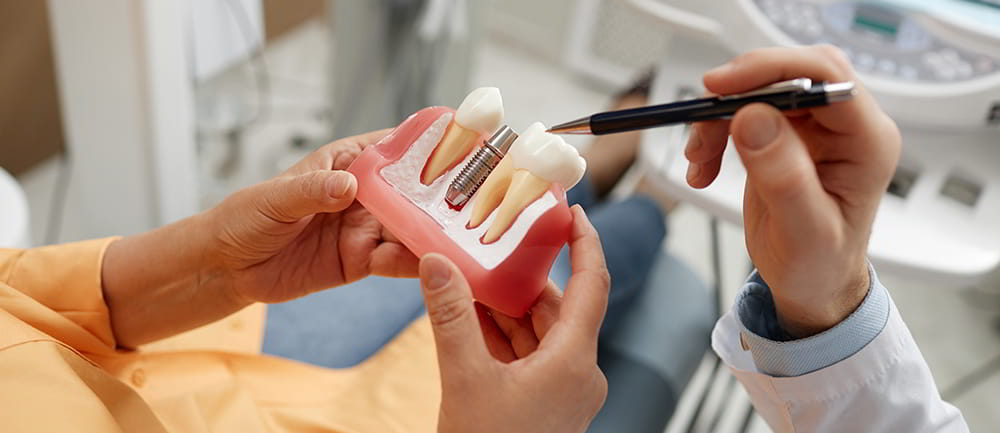What types of implant treatments are there?
You can get a range of implant treatments which are custom to your needs. Treatments include: single front tooth implants, single back tooth implants, 3 front missing teeth implants ,full upper implants , full lower implants and more!
The reason implant treatment is so varied is due to its flexibility in its clinical application and extremely high success rate of around 95%. To see what the implant process looks like check out this case study here:
How old do I have to be to get Implants?
To receive dental implants here at Synergy Dental you must be over 18. This is because implants are an invasive procedure and as a child there are alternative options that should be considered – especially as you are still growing and your teeth and jaw are changing.
How are the payment options are there for Implants?
We offer a variety of loans. Within these we do provide interest free loans to help you afford treatment and allow you to access treatments that you otherwise wouldn’t be able to have. Please check out our finance plans here and note that we will need to perform a credit check prior to approving the loan – which will be paid monthly via direct debit.
What things can negatively impact the treatment?
Things such as smoking , drug abuse and uncontrolled medical conditions can adversely impact the success of your treatment. It is important to note that maintenance is a significant portion of Implant treatment and it is important to consider treatment as a partnership with yourself and our seasoned dentists to achieve the best care. Risks will be discussed with your clinician.
Particular medical conditions/ deficiencies that may impact treatment include:
- Uncontrolled diabetes
- Bleeding disorders
- Immunodeficiency and immunosuppression
- Calcium deficiency
- Heart issues
- Hypothyroidism
- Psychiatric treatment
What is a bone graft and will I need it?
When you lose a tooth, the surrounding bone will be impacted. Bone will resorb, meaning it will reduce in volume causing a noticeable reduction in height and width. As a result, if too much bone is lost implants cannot be placed as there is nothing to attach to.
This is where bone grafts come in. Bone grafts add depth and height to your lost bone and come from a variety of sources such as human tissue or animal tissue. Essentially you are replacing the lost bone to create a platform for your implant to be attached to. The need for a bone graft will be discussed with your clinician and relevant CBCT imaging will take place.

